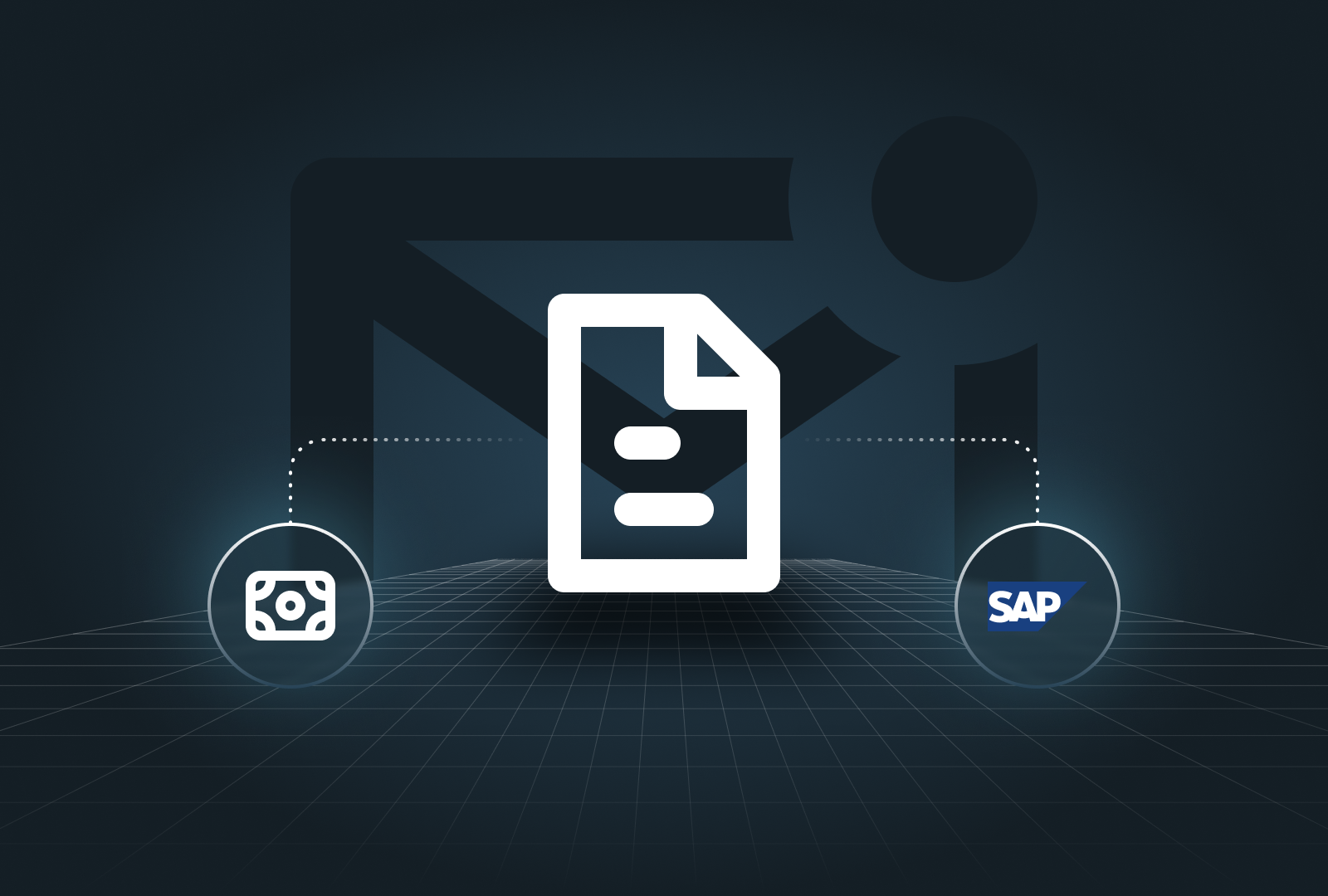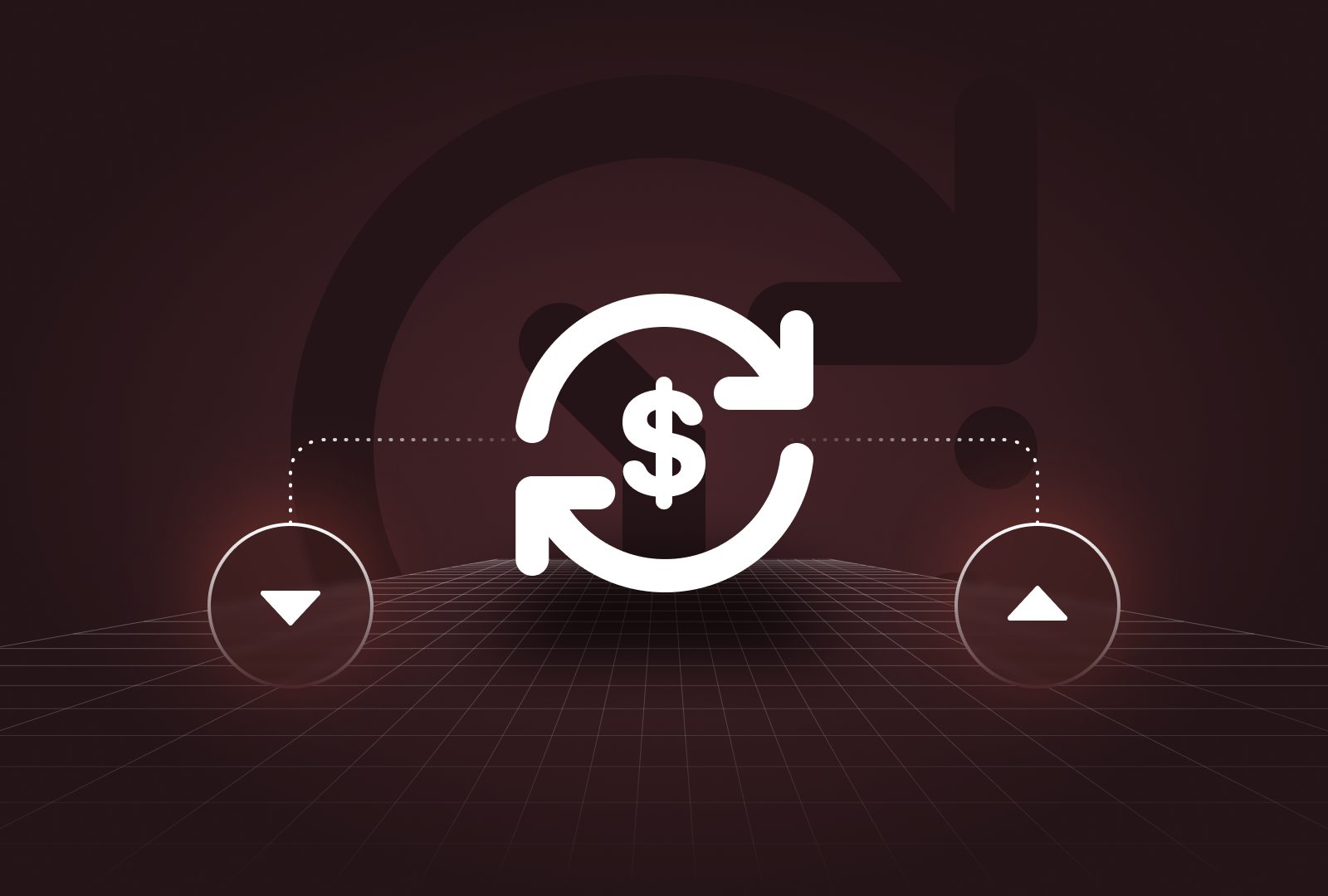Numbers tell stories. For treasury leaders, these stories reveal critical insights about organizational health, risk exposure, and financial opportunity. Yet amid the deluge of financial data, distinguishing signal from noise remains one of the greatest challenges facing CFOs and treasury teams.
According to PwC's 2025 Global Treasury Survey, 74% of organizations are now either expanding or actively using AI for treasury functions, focusing primarily on machine learning and predictive analysis to enhance decision-making capabilities. Yet, the same survey reveals that 76% of respondents still struggle with poor data quality when forecasting.
This disconnect highlights a critical challenge: while treasury teams have more data than ever, translating that information into meaningful metrics that drive strategic decisions remains elusive for many organizations.
The Strategic Importance of Treasury KPIs
Treasury KPIs serve as the compass by which modern finance teams navigate increasingly complex financial waters. They provide quantifiable measurements that help treasury professionals answer fundamental questions about liquidity, forecast accuracy, risk exposure, and capital optimization.
The World Economic Forum (2024) notes that in an era of economic uncertainty, treasury departments that leverage data-driven KPIs demonstrate 30% greater resilience during market disruptions compared to their peers. This resilience translates directly to competitive advantage, as treasurers can make faster, more informed decisions that protect organizational value.
Beyond operational efficiency, well-designed treasury KPIs align financial operations with broader business objectives. As KPMG (2025) observes, "The modern treasury function has evolved from a transaction-processing center to a strategic business partner capable of influencing enterprise-wide decisions through data-driven insights."
Essential Treasury KPI Categories
Liquidity KPIs
Liquidity metrics form the foundation of treasury management, ensuring the organization can meet its financial obligations while optimizing idle cash.
Days Cash on Hand: Measures how long an organization can operate using available cash without additional revenue. Deloitte (2024) recommends maintaining a minimum of 60-90 days for most industries, with higher reserves for organizations in volatile sectors.
Liquidity Coverage Ratio (LCR): Indicates the proportion of highly liquid assets to potential cash outflows. The IMF (2023) suggests an ideal LCR of 110-130% for most commercial enterprises.
Global Target Balance vs. Actual: Tracks variance between planned and actual cash positions across all accounts. Organizations with variances under 5% demonstrate superior cash management capabilities.
Cash Flow KPIs
Cash flow metrics provide insights into the efficiency and accuracy of an organization's cash management processes.
Cash Flow Forecast Accuracy: Measures the precision of cash flow predictions. McKinsey (2024) reports that top-performing treasury teams achieve forecast accuracy rates of 85% or higher for 30-day forecasts, leveraging AI and machine learning to continuously improve this metric.
Cash Conversion Cycle (CCC): Calculates the time required to convert investments in inventory and resources into cash flows. Reducing the CCC by just 5 days can improve working capital by up to 2% of annual revenue.
Daily Cash Balance Variance: Tracks day-to-day fluctuations in cash positions. This is a leading indicator of forecast reliability, with high-performing organizations maintaining variances below 3%.
Risk & Exposure KPIs
Risk metrics help treasury teams quantify and manage financial exposures that could impact organizational stability.
FX Exposure Ratio: Measures the percentage of business conducted in foreign currencies relative to hedging positions. PwC (2025) reports that 83% of global organizations identify FX risk as their most critical economic exposure.
Value at Risk (VaR): Quantifies the potential loss in value of a portfolio over a defined period. It’s recommended to have daily VaR calculations for organizations with significant market exposures.
Counterparty Risk Score: Evaluates the financial stability of key banking and trading partners. Implementing a tiered scoring system that incorporates both quantitative metrics and qualitative assessments can make a massive difference.
Operational KPIs
Operational metrics assess the efficiency and effectiveness of treasury processes.
Bank Reconciliation Cycle Time: Measures the time required to complete reconciliation processes. Automation is often the key driver for best-in-class organizations that achieve same-day reconciliation.
Treasury Automation Rate: Calculates the percentage of treasury processes that are fully automated. By 2024, leading global organizations were automating over 80% of routine treasury operations.
Payment Processing Efficiency: Tracks the cost and time required to process payments. The World Bank (2023) estimates that organizations can reduce payment processing costs by up to 60% through centralization and standardization.
Building Effective Treasury Dashboards
Treasury dashboards translate complex KPIs into visual representations that enable quick comprehension and action. Gartner (2025) categorizes effective treasury dashboards into four types: diagnostic, tracking, planning, and exploratory—each serving different strategic purposes.
Dashboard Design Principles
Effective treasury dashboards follow several key design principles:
Hierarchical Organization: Structure metrics from high-level indicators to detailed drill-downs. The "3-10-30" approach is one of the most recommended: 3 critical KPIs visible at all times, 10 secondary metrics available with minimal navigation, and 30 detailed metrics accessible for deep analysis.
Visual Prioritization: Use color, size, and positioning to highlight the most critical metrics.
Contextual Benchmarking: Include relevant internal and external benchmarks to provide context. Contextual benchmarking improves decision-making speed by 40% compared to standalone metrics.
Temporal Relevance: Ensure dashboard update frequencies match the volatility and importance of the underlying metrics. Ideally, set up real-time updates for liquidity metrics, daily updates for operational KPIs, and weekly or monthly updates for strategic indicators.
Implementation Best Practices
Successfully implementing treasury KPIs and dashboards requires more than just selecting the right metrics. According to PwC (2025), organizations face several common challenges, with 70% citing budget constraints and 56% reporting limited technology skills as barriers to advancement.
To overcome these challenges:
Start with Strategic Alignment: Define KPIs that directly support organizational objectives. Gartner (2025) recommends limiting initial dashboards to 5-7 KPIs that directly link to strategic goals.
Ensure Data Quality: Invest in data governance and integration capabilities. PwC (2025) found that 76% of organizations struggle with poor data quality when forecasting.
Build Cross-Functional Collaboration: Involve stakeholders from IT, finance, and business units. On average, cross-functional implementation teams achieve 60% higher adoption rates.
Implement Progressive Complexity: Begin with foundational metrics before advancing to more sophisticated KPIs. It’s recommended to have a phased approach that builds confidence and capabilities over time.
Key Takeaways
1. Focus on the Critical Few: While treasury teams can track dozens of metrics, the most effective dashboards prioritize 5-7 KPIs that directly impact strategic decisions.
2. Embrace AI-Enhanced Forecasting: Organizations leveraging AI for treasury functions achieve up to 20% higher forecast accuracy and significantly improved decision-making capabilities.
3. Integrate Risk and Performance Metrics: The most valuable treasury dashboards combine liquidity, performance, and risk indicators to provide a holistic view of financial health.
4. Ensure Real-Time Accessibility: Modern treasury dashboards should be accessible anywhere, anytime, with mobile-friendly interfaces that support decision-making on the go.
5. Continuously Evolve Metrics: Treasury KPIs should evolve as organizational priorities and market conditions change, with regular reviews to ensure continued relevance.
Discover how Payflows empowers treasury teams with real-time visibility and AI-driven forecasting that transforms financial operations from reactive to proactive. Our intelligent sub-ledgers provide the foundation for data-driven treasury management that drives strategic value across the enterprise.





.png)
.png)





.png)



